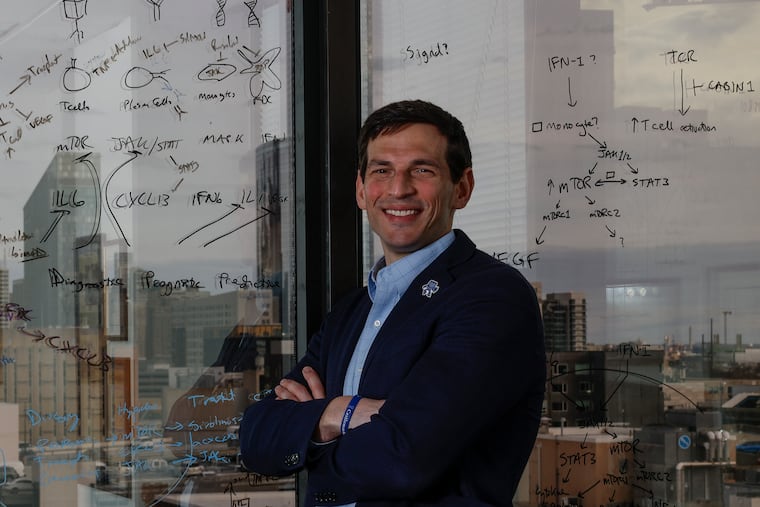Florida county releases thousands of stray cats, raising questions about the legality of feeding them.
In Kendall, Florida, a group of dedicated volunteers, primarily led by 70-year-old Virginia Dieppa, is engaged in the challenging task of feeding dozens of stray cats residing in a shopping center parking lot. Dieppa, who supplements her retirement income by working for Uber Eats, dedicates her efforts to ensuring these animals receive essential nourishment. With a dedicated notebook, she tracks the cats she has named—Patches, Pearle, Sox, Midnight, and Kee-Nee—while her vehicle’s trunk is filled with water, cat food, and makeshift feeding dishes repurposed from Pollo Tropical bowls.
Despite Dieppa’s commitment, her activities have drawn scrutiny from local authorities and businesses. Police have warned volunteer feeders that they lack permission to leave food in the private parking area. Complaints have also arisen from nearby businesses regarding issues of hygiene and waste associated with the cats. Recently, Raquel Regalado, the Miami-Dade commissioner for the Kendall area, proposed legislation to prohibit the feeding of stray animals in public places and commercial properties. However, the proposal faced significant backlash and was retracted shortly after it was introduced.
Dieppa expressed her astonishment at the opposition, noting that she and others have been feeding these cats for nearly two decades. The ongoing struggle reflects the complexities surrounding the growing population of strays in Miami-Dade County. Last year, the county’s Animal Services Department released nearly 18,000 stray cats back onto the streets after sterilization—part of a broader policy shift initiated in 2012 that ceased the euthanization of homeless cats in favor of a “Trap, Neuter, and Return” (TNR) program.
The question of who cares for these cats after their release remains contentious. The county asserts that community cats can survive unaided, adapting to their surroundings and finding food and shelter on their own. Conversely, animal welfare advocates argue that caring for these animals in a humane manner is essential, particularly for those that are injured or incapable of thriving independently.
In addition to the efforts of Dieppa and her peers, younger volunteers like 25-year-old Samuel Muvdi also contribute, often witnessing the harsh realities faced by these street cats. Muvdi noted that some of the cats are missing eyes or limbs yet still recognize him and come when he whistles.
Debates around homeless cats often touch on broader concerns, including public health and environmental impacts. Organizations like People for the Ethical Treatment of Animals (PETA) acknowledge the role of feeding strays but warn of the dangers they face and the ecological implications of feral cat populations on wildlife.
Most recently, Regalado’s proposed legislation aimed to implement fines for those who feed feral cats, citing unsightly conditions and health concerns. However, these proposed changes met significant public opposition, leading to their withdrawal. As a result, the feeding of cats in areas like the Lowe’s parking lot continues, despite a new sign warning against providing food for the animals. Volunteers remain vigilant, ensuring these felines receive care, especially as summer temperatures rise. Their efforts underscore the ongoing tension between animal welfare and community regulations, illustrating the complex moral and ethical considerations informing efforts to manage Miami-Dade’s stray cat population.






